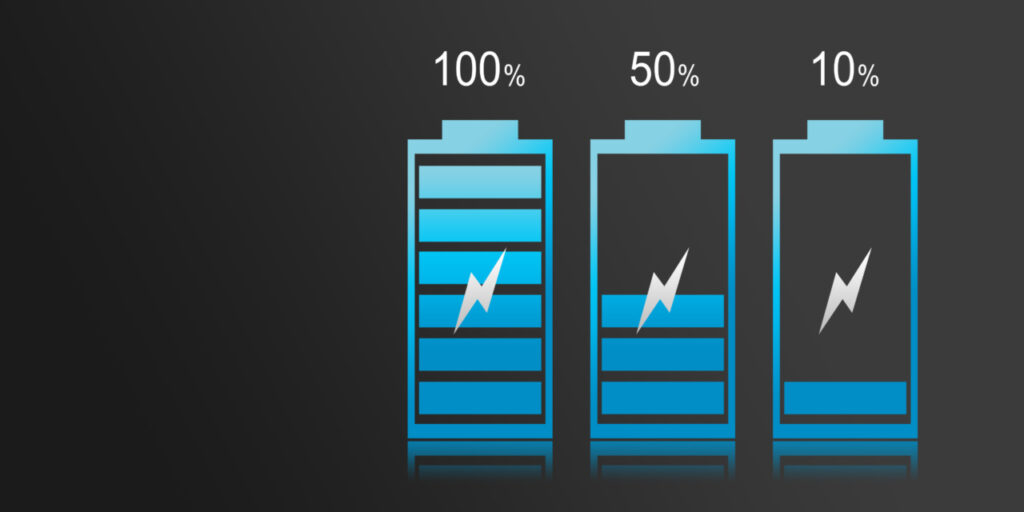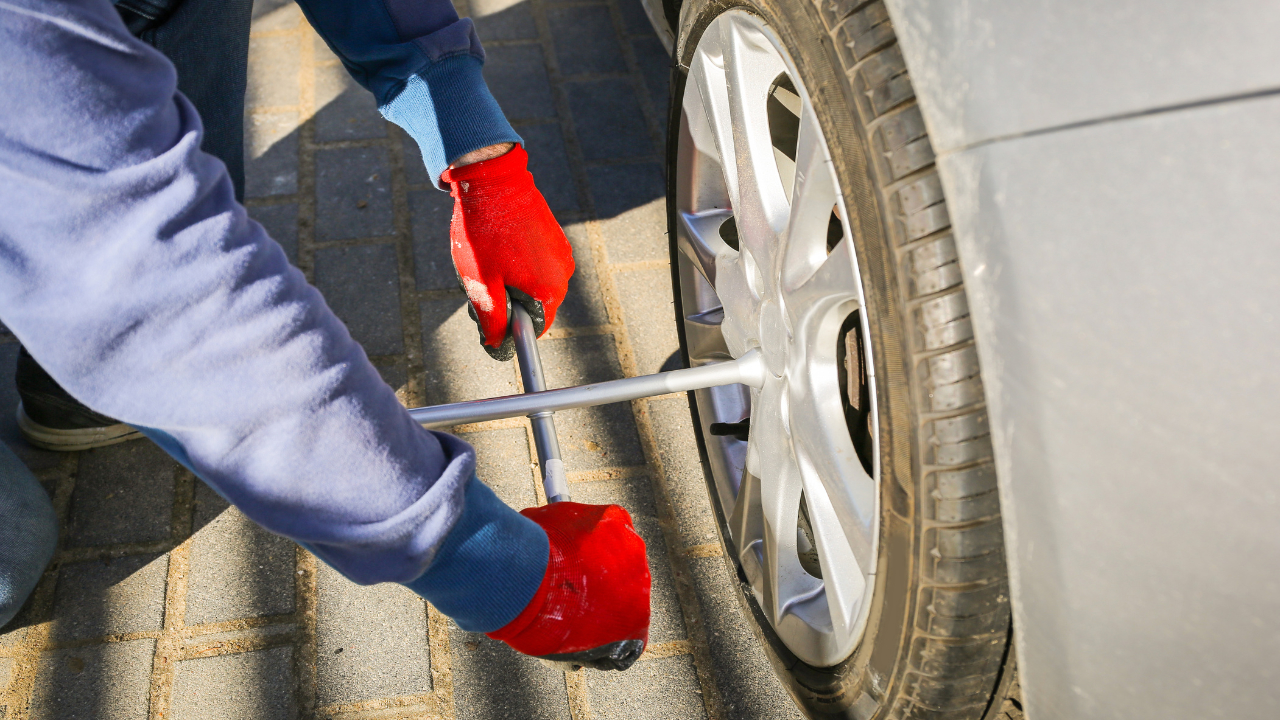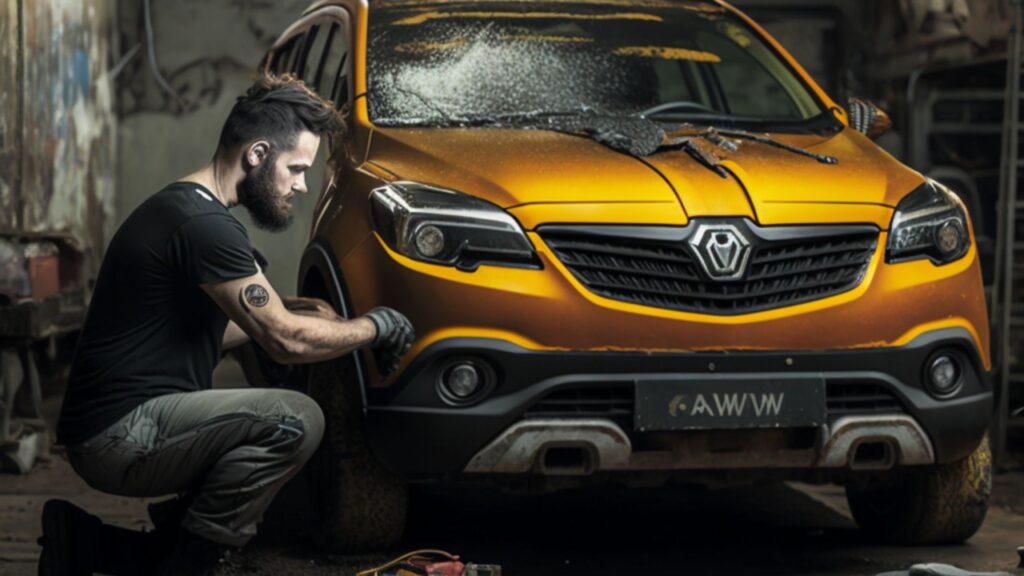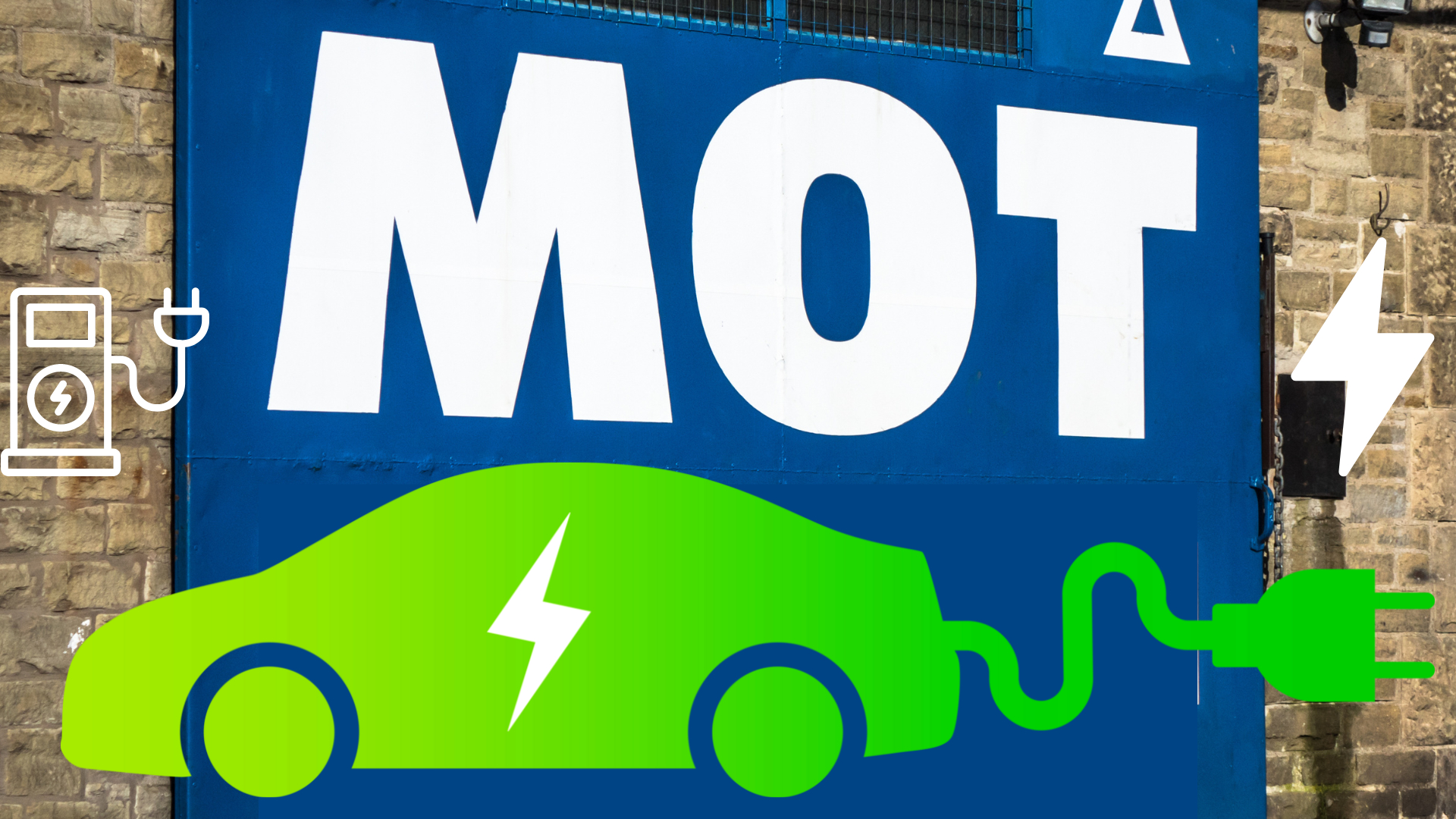Maximize your electric vehicle’s chances of passing Its MOT with our tips and tricks for a smooth inspection.
Your car is still most likely to fail on simple points such as broken bulbs, wipers, tyres and brakes and these are easy repairs on electric cars and ICE vehicles. By following these tips, you can increase the chances of your EV passing its MOT and minimize the risk of unexpected failures or repairs. It is always a good idea to have your vehicle checked by a qualified technician to ensure that it is in good condition and ready for the yearly MOT.
Every garage which is licenced to carry out MoTs should be happy to test an electric car, get Your Electric Car Inspected at a Licensed MOT Testing Garage. Here are some tips to help ensure that your electric vehicle (EV) passes its MOT (Ministry of Transport) test so you don’t have a retest fee to pay.
The general condition of the vehicle
The inspector will check the overall condition of the vehicle, including the bodywork, doors, and mirrors, ensuring that they are secure and functioning correctly. If there are any major faults with the vehicle, it will fail the MOT.
Check the battery
Make sure the battery is properly charged and functioning correctly, as the battery is the most critical component of an EV.
For example, if the range is decreasing faster than expected, it may indicate a battery issue.
Check the vehicle’s display for any warning messages regarding the battery or charging system. If you see any warning messages, contact an authorised service centre for assistance. Observe the charging process to make sure the vehicle is charging properly and the charging time is consistent with the expected time. If the vehicle is not charging properly, it may indicate a battery issue.
The inspector will check the condition of the battery, including the connections and terminals, ensuring that they are secure and functioning correctly. If the battery is not working correctly, the vehicle will fail the MOT.

Check the brakes
Ensure that the brakes are working correctly, as this is one of the most critical safety checks during the MOT. You may need to have the brakes adjusted or repaired if they are not working correctly.
Listen for any unusual sounds as you drive your EV, and listen out for any grinding, squealing, or scraping sounds from the brakes. If you hear anything unusual, it’s best to have them checked by a professional.
Test the brakes while driving, apply the brakes gently and then more firmly to see if they respond as they should. If you feel any vibration or if the vehicle pulls to one side when braking, it could indicate a problem with the brakes.
Check the brake fluid too, the brake fluid should be at the correct level, and it should be clear and free of any contaminants. If the fluid appears dirty, it may need to be replaced.
Check the lights
Make sure all of the lights are functioning correctly, including the headlights, taillights, and indicator lights, as a faulty lighting system can result in a failed MOT. During an MOT, the inspector will check the functionality of all lights, including headlights, taillights, and indicator lights. Make sure that all lights are working correctly and that there are no cracks or damage to the lenses.
The inspector will check the functionality of all warning lights, including the ABS, battery, and airbag warning lights. If any warning lights are not working correctly, the vehicle will fail the MOT.
Check the tyres
The inspector will check the condition of the wheels and tyres, including the tread depth and any damage to the sidewalls. The tyres must be in good condition and have sufficient tread depth. Ensure that the tyres are in good condition, with sufficient tread depth and no cuts or damage, as worn or damaged tyres can result in a failed MOT.

Check the suspension
Ensure that the suspension is functioning correctly, as a damaged suspension system can result in a failed MOT. Check for any unusual sounds whilst driving on uneven surfaces or turning corners.
Have the car serviced
Regular servicing can help to ensure that your EV is in good condition, and can identify and fix any potential problems before the MOT.

Number plates
The inspector will check that the number plates are legible, correctly formatted and fixed securely to the vehicle. The plates must also comply with the current legal requirements, including the use of reflective material.
Windscreen
The inspector will check the windscreen for cracks or chips, particularly in the driver’s line of sight. If there are any cracks or chips larger than 10mm in the driver’s line of sight, the vehicle will fail the MOT.
Windscreen wipers and washers
The inspector will check the functionality of the windscreen wipers and washers, ensuring that they are working correctly and that the washer fluid reservoir is filled.
Other fluids
The inspector will check the levels of other fluids, brake fluid and coolant, ensuring that they are at the correct levels. Any leaks or other problems with the fluid systems will result in a failed MOT.

Seats and seat belts
The inspector will check the condition of the seats and seat belts, ensuring that they are secure and working correctly. Any faults with the seats or seat belts will result in a failed MOT.
Horn
The inspector will check the functionality of the horn, ensuring that it is working correctly. If the horn is not working, the vehicle will fail the MOT.
If you want to know particular vehicles which commonly get through their MOTs without any issues, then getting one of these cars is a good idea and you are statistically less likely to have any issues at your MoT:
- Hyundai Ioniq Electric,
- Nissan Leaf,
- Volkswagen e-Golf,
- Tesla Model X,
- BMW i3,
- Kia Soul EV,
- Smart ForTwo EQ,
- Nissan Leaf,
- Lexus RX,
- Mercedes-Benz E,
- Lexus GS,
- Toyota Corolla,
- LEVC TX,
- Lexus NX,
- Lexus IS,
- Toyota C-HR,
- LEVC TX Vista Comfort Plus,
- Suzuki Swift,
- Toyota RAV4,
- Mini Countryman,
- Hyundai Ioniq,
- Tesla Model S,
- Kia Niro.
By preparing your EV for its MOT and ensuring that it is in good condition, you can minimize the risk of unexpected failures or repairs, and ensure that it is roadworthy and safe to drive.
